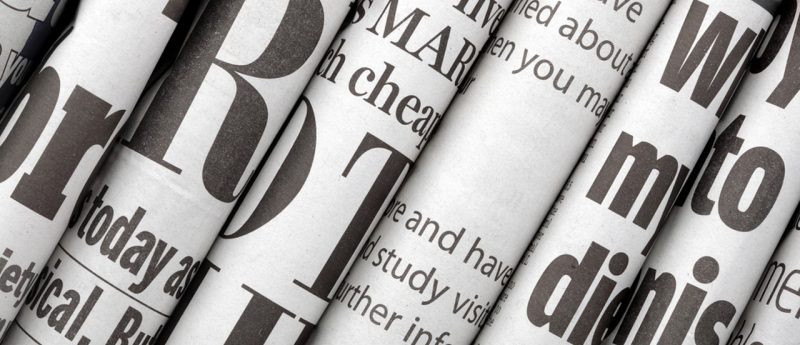Novel biomarker demonstrates better performance than gold standard at detecting brain shunt infections

An investigational biomarker to detect bacterial infection in children with brain shunts has outperformed the current ‘gold standard’ method. The research was carried out by scientists at the University of Alabama at Birmingham (AL, USA).
Termed the UAB biomarker, the team from UAB published their finding in a recent issue of JCI insight.
The biomarker has previously demonstrated another potential diagnostic application as a test to distinguish between bacterial and viral meningitis. Both bacterial meningitis and brain shunt infections can be potentially fatal.
The quality and efficiency of patient care and patient outcomes would be improved by an accurate and quick test for bacterial infection in brain shunts or bacterial meningitis. In addition, through avoiding needless hospitalisation and treatment, the test would also lower healthcare expenses.
Used in the treatment of hydrocephalus, a ventricular brain shunt is a drain from cavities in the brain to the abdomen. National health expenditures for shunts total about $2 billion a year.
It is difficult to distinguish between shunt failures and shunt infection due to overlapping clinical signs. In addition, current tests fail to detect bacteria in culture when an infection is present 25–30% of the time.
The UAB biomarker was tested in a prospective study that enrolled 248 patients over 2 years by researchers at the University of Alabama at Birmingham and Children’s of Alabama (AL, USA).
In this study, patients with a shunt infection were found to have levels of soluble membrane attack complex (an immune system protein) 100-fold times higher than patients without an infection.
Levels of soluble membrane attack complex were able to detect 14 of 15 infections in the 248 patients, using appropriately adjusted cut-off values for maximum sensitivity and specificity, whereas only 11 out of 15 infections were detected by the gold standard method.
The researchers stated the test had “excellent diagnostic capability” showing a sensitivity of 93% and a specificity of 86% at the best cut-off value.
It is hoped by the researchers that the biomarker will prove to have additional indications and a point-of-care test is a future possibility.
Sources: Ramos TN, Arynchyna AA, Blackburn TE et al. Soluble membrane attack complex is diagnostic for intraventricular shunt infection in children. JCI Insight. doi:10.1172/jci.insight.87919.(2016) (Epub ahead of print);
www.uab.edu/news/innovation/item/7564-uab-biomarker-outperforms-current-gold-standard-to-detect-brain-shunt-infections





